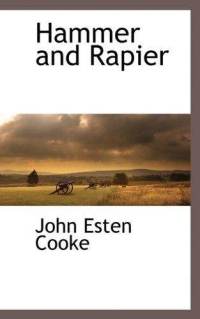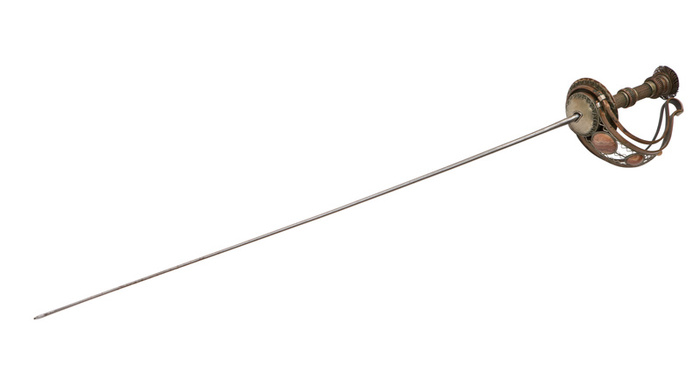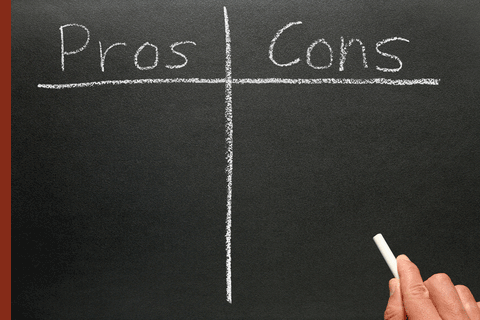Listbuilding: Blunt Force vs. Finesse

Hey everyone, Reecius here from Frontline Gaming to talk shop on a topic that has been on my mind a lot lately.
Frequently when a client comes to us for a painting commission and ask for a certain type of army, or submit a list for us to review on our podcast, I tend to see lists fall into one of these two categories: blunt force or finesse. Well, we often see a 3rd type of list which I would call “all over the place” or “written to match the fluff,” but those are a topic for another day.
I find that both lists offer good and bad points from the perspective of their effectiveness on the table top.
BLUNT FORCE LISTS
Cron Air is a perfect example of a Blunt Force List. It is very straightforward in application. You take a lot of what is good, you smash your enemy over the head with it and they can either deal with it or they cannot. Spam lists often fall under this classification.
The benefits of this type of list are evident.
- Easy to play. Great for a new player.
- Very effective against most opponents.
- Often can win crushing victories, which is great for battle point style tournaments.
- Durable and typically forgiving do to redundancy.
- Less rules to remember due to a small number of unit types.
- Often these lists have a big weakness to a very small category of army types. Cron Air, for example, can struggle with an army that has a large amount of Skyfire/Interceptor units. These match-ups can be near auto-loss situations.
- Not as much depth of play. The army itself can get boring to play. I know from personal experience that my Bjorn Wolves which I had a great deal of success with in 5th ed, became stale to me after a while due to the relatively unchanging nature of their tactics.
- Less fun for your opponent to play. I know this may not register as a concern to some when talking about tournament play, but to me it does matter as ultimately we play 40K to have fun. Even an extremely competitive player (as I think of myself) will tell you a game is more fun when both players are enjoying themselves.
- Much harder to play effectively. These lists require patience and a willingness to learn from a loss.
- Not as much pure power as a blunt force list. In battle point style tournaments, this style army will not function as well.
- Requires memorizing many more rules as there are typically a very wide variety of unit types. Not the easiest style list for a new player.
- The weakness of having less (if any) redundancy, thus being more vulnerable to a Blunt Force style list that can eliminate your counter to their army.
- Great flexibility. The variety of unit types and overlapping abilities creates an army that is adaptable. This also means you will rarely, if ever, find yourself in a near “auto-loss” match-up as your army can always find a way to fight back.
- Depth of play. This type of army will constantly be revealing new ways for you to play it. It’s flexibility and ability for units to work with and enhance one another means that the combination of possible tactics is huge. This means an army that stays interesting to play for a long period of time.
- Rewarding. These types of lists grant a sense of accomplishment as each game becomes a puzzle of utilizing the tools you have to overcome the opponent, mission and terrain you find yourself facing.
- Fun to play and play against. These types of armies are often fun for both players to play.





